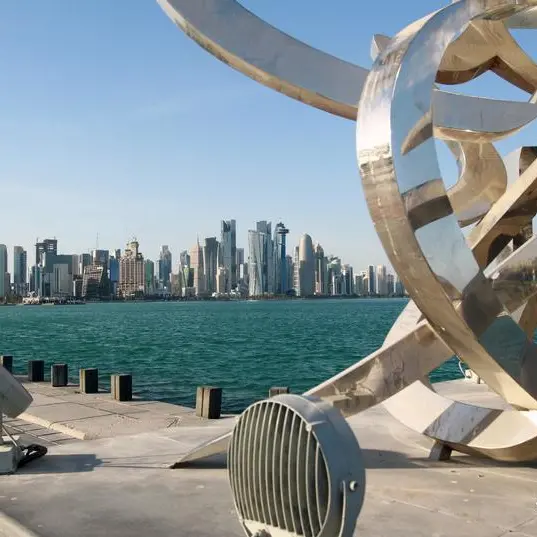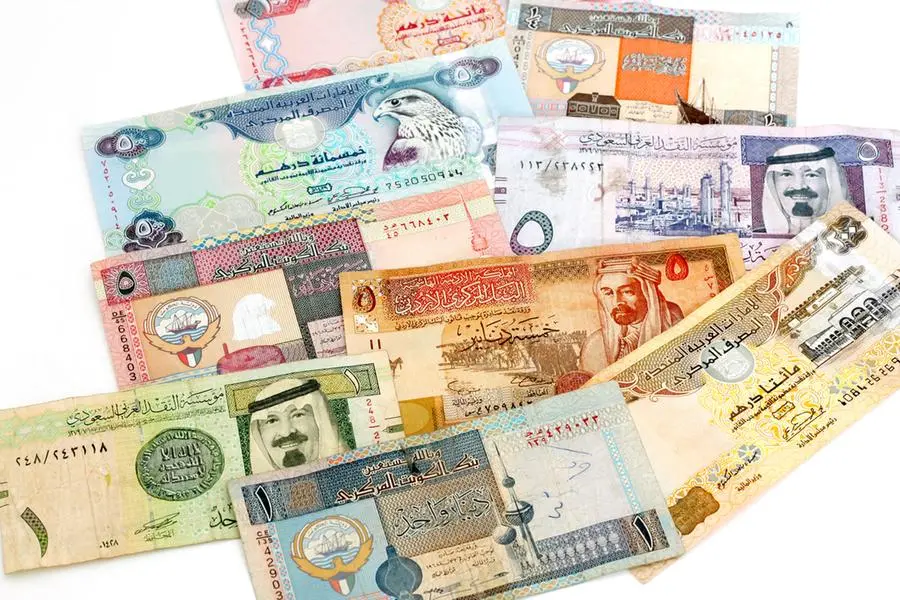PHOTO
A sukuk is an Islamic financial certificate, similar to a bond in Western finance, that complies with Islamic religious law commonly known as Sharia. Image used for illustrative purpose. Image courtesy: Getty Images
Muscat – Increasing public demand, expanding distribution channels, the growing use of sukuk as a public funding tool, and recent regulatory reforms are expected to drive further growth in Oman’s Islamic finance sector, according to Fitch Ratings.
Fitch projects the size of Oman’s Islamic finance industry will exceed $40bn in the medium term, estimating it at $30.9bn as of September 2024. Islamic banking assets represent more than two-thirds (69%) of this total, followed by outstanding sukuk (30%) and takaful contributions (1%).
A key regulatory development came in October 2024, when the Central Bank of Oman (CBO) introduced the Bank Deposit Protection Law, addressing a structural gap by extending deposit protection to Islamic banks.
‘We expect this will enhance confidence in Oman’s Islamic banking sector, as the previous deposit insurance scheme only covered conventional banks,’ Fitch said in a report.
As of end-Q3 2024, total assets of Oman’s Islamic banks and windows reached RO8.2bn (approximately $21.3bn), with Islamic banking holding a market share of 18.7% of the Omani banking sector’s total assets, according to the latest CBO data.
‘Favourable economic conditions, improving asset quality, stable profitability, solid capitalisation, and adequate liquidity should provide Islamic banks with the flexibility to absorb moderate shocks, particularly if geopolitical tensions in the region intensify,’ Fitch noted.
The agency highlighted that Islamic banks in Oman outpaced their conventional counterparts in terms of financing growth, with Islamic banks growing their financing portfolios by 12.6% year-on-year by Q3 2024, compared to just 3.2% for conventional banks. Islamic deposit growth also exceeded conventional banks, rising 23.7%, compared to 11.3% for conventional banks.
‘Islamic banking windows benefit from the established infrastructure of their parent conventional banks, which results in greater cost efficiency,’ Fitch said. Profit-and-loss-sharing contracts remain central to Oman’s Islamic banking system, with diminishing musharaka accounting for 43.1% of total financing and wakala making up 23.6% at end-2023, it added.
Sukuk growth
Fitch also noted a significant rise in Omani sukuk issuance, with sukuk now comprising 21% of the outstanding debt capital market (DCM) mix. As of end-Q3 2024, the Omani DCM reached $45bn in outstanding debt, a 0.8% increase year-on-year. Fitch rated $6.5bn in outstanding Omani sukuk in Q3 2024, split evenly between the government and corporates.
Sukuk issuance in Oman surged by 86% year-on-year, reaching $2bn in the first nine months of 2024, outpacing growth in Omani bond issuance, which rose by 53% to $5.6bn.
Despite the growth, Fitch does not expect a significant short-term surge in overall debt issuance, as the sultanate’s government has been using its budget surplus, bolstered by high oil prices, to prepay debt.
Fitch also highlighted efforts by the Omani authorities to develop the DCM, including a CBO circular issued in October 2024 aimed at bolstering the banking sector’s resilience to climate-related risks. Additionally, Oman introduced a sustainable finance framework earlier this year and issued new sukuk and bond regulations.
‘These initiatives provide regulatory clarity and could support further development of Oman’s debt-capital market,’ Fitch said.
On the other hand, the Omani takaful (Islamic insurance) sector grew modestly in 2023, with gross direct premiums reaching RO76.8mn, a 0.8% increase from the previous year. Takaful policies totaled 316,933 at the end of 2023, a 24% year-on-year rise, with general takaful representing 89% of the total policies, as per Fitch’s calculations.
Despite these advances, Fitch noted that Oman’s Islamic finance sector remains one of the smallest in the GCC and faces challenges, including a lack of Islamic liquidity-management instruments and smaller capital bases compared to conventional banks. These factors could limit the sector’s participation in major government financing projects, the agency said.
‘Nonetheless, the sector has long-term growth potential, driven by the recent regulatory reforms and Oman’s predominantly Muslim population,’ Fitch added.
© Apex Press and Publishing Provided by SyndiGate Media Inc. (Syndigate.info).























